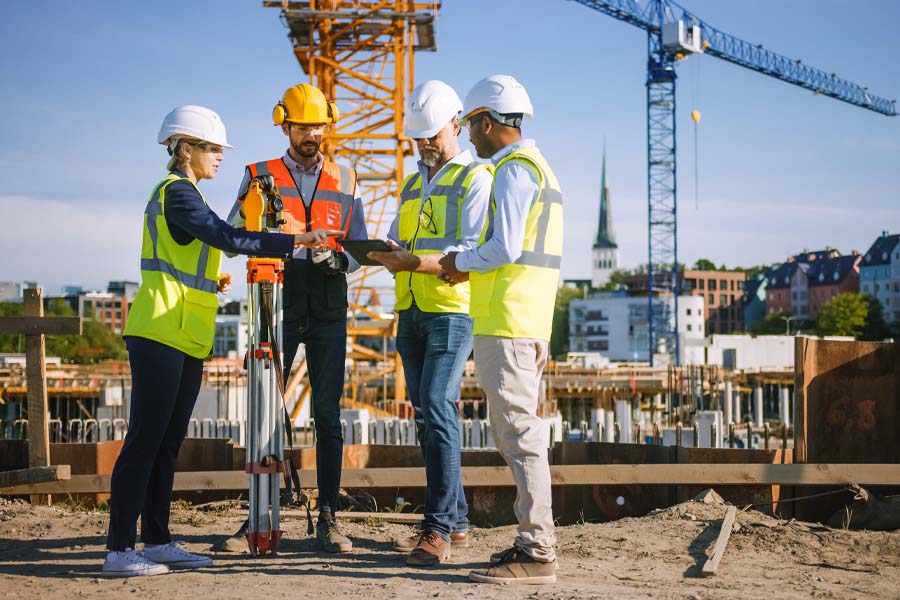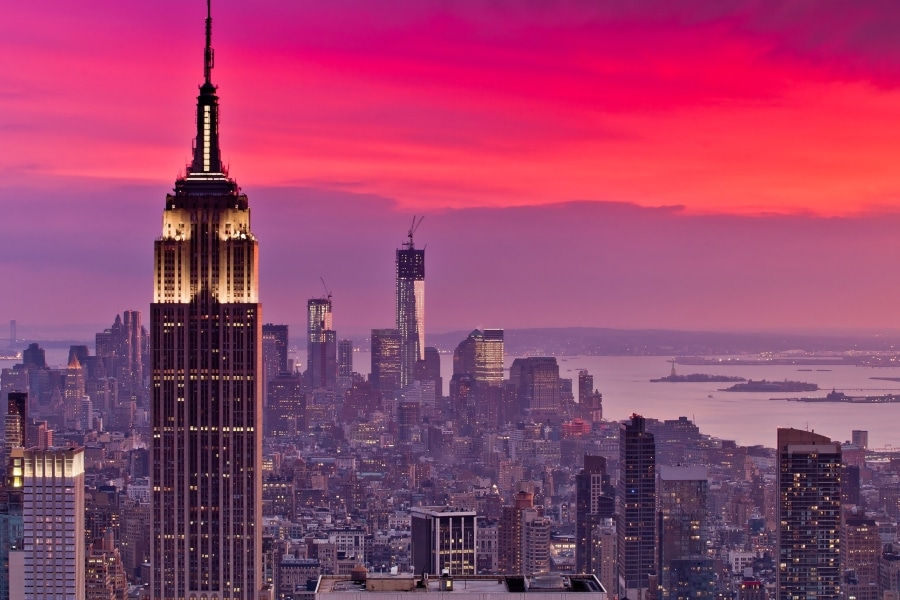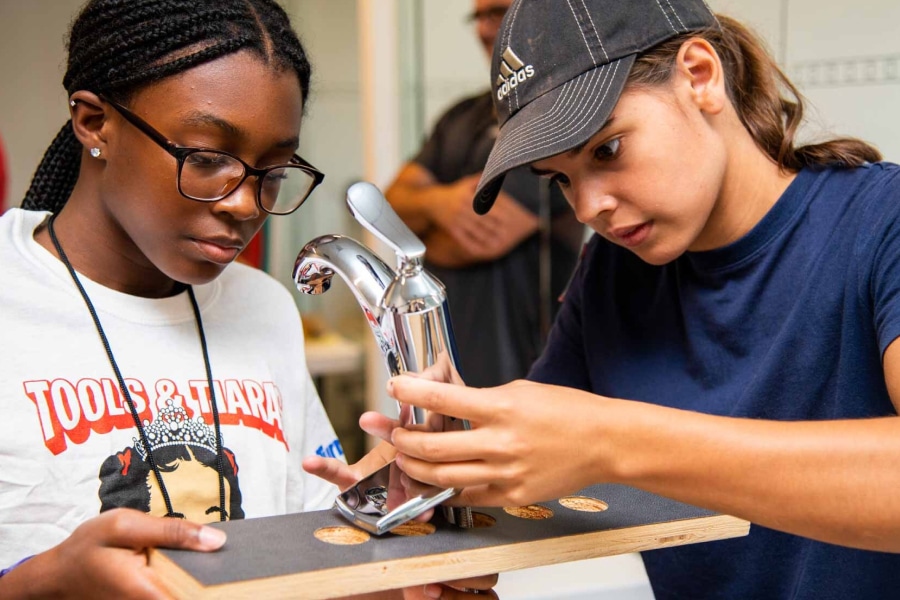The issue of diversity in the construction industry has quickly risen up the agenda of many companies over the past 20 years.
Prompted by equality legislation, much of the effort around improving employment practices has focused on pay, particularly narrowing the gender pay gap. Work to rectify this is making some headway, although most accept there is much more to be done.
However, there is also a growing awareness that the industry should be making greater strides beyond pay, in particular to harness the contributions that wider society and its constituent parts can bring to the workplace.
Equality groups, whether those representing women, ethnic minorities or lesbian, gay, bisexual, transgender, queer or questioning (LGBTQ+) communities, have long sought to raise the profile of diversity of those in society who are missing out on job and career opportunities, while at the same time point out how businesses can benefit from the talents such people bring with them.
The construction sector is responding to the call for greater diversity, but many believe the pace of change needs to be stepped up.
Defining diversity
What does diversity mean? Definitions include “a situation in which many different types of things or people are included in something,” or “a range of many people or things that are very different from each other” or “the inclusion of people of different races, cultures, etc., in a group or organization.”
Knowing what the word “diversity” means is one thing; recognising its importance in business, and in particular an industry like construction, is something else. The Chartered Institute of Building (CIOB), which claims to be the world’s largest and most influential professional body for construction management and leadership, says that the employee makeup of the construction industry “is not diverse.”
Improving equality, diversity and inclusion for minorities in construction, for women, Black, Asian and minority ethnic (BAME) individuals, those with a disability and those who identify as LGBTQ+ is important for the industry’s future, the CIOB argues.
Nevertheless, the scale of the task is clear. The CIOB says women make up just 15% of the UK construction industry, with approximately 2% working on-site. BAME employees make up just 6% of the workforce; the same is true for employees with disabilities. Nearly two-thirds (60%) of LGBTQ+ employees have experienced homophobic and derogatory terms at work.
More than two-thirds of employees are white and male, and the CIOB points to employees from minorities experiencing a lack of inclusion, citing that concerns about diversity haven’t been taken seriously.
Reflecting society
Being more reflective of wider society would bring huge benefits to the construction industry. People drawn from a variety of communities could bring their experience to bear and design and deliver better buildings for those communities, the argument goes.
As the CIOB says, diversity “brings different thinking to the table, ensuring the widest range of ideas are explored, and makes the industry more representative of its customers and wider society. The built environment is for everyone and the more inclusive the industry can become, the more it will serve the needs of our communities.”
Diversity creates financial benefits, too. A major survey of 1,000 companies in 15 countries by management consultancy firm McKinsey published in 2020 found the business case for greater diversity in a company—particularly at a senior level—was not only robust, but the relationship between diversity on executive teams and the likelihood of financial outperformance strengthened over time.
McKinsey’s findings showed companies in the top quartile of gender diversity on executive teams were 25% more likely to experience above-average profitability than peer companies in the fourth quartile. And in the case of ethnic and cultural diversity, the findings are equally compelling.
The firm also found that companies in the top quartile outperformed those in the fourth by 36% in terms of profitability in 2019, slightly up from 33% in 2017 and 35% in 2014.
Challenges and hurdles
The picture isn’t perfect, however. Progress is slow among those McKinsey surveyed, with 57% either “resting on their [diversity] laurels” and making little progress, or being “laggards,” or those whose already low gender diversity has declined further.
Evidence elsewhere supports the argument that, in some areas, things are going backward. For example, a survey conducted in the summer of 2020 found things were getting worse for BAME architects.
The research found the percentage of those from a Black, Asian or minority ethnic background who think racism is “widespread” in the architecture profession had leapt by 10 percentage points to 33%. BAME architects, like any other group working in the construction sector, don’t want preferential treatment, the study found, just better opportunity.
The opportunity door shouldn’t be slammed in a person’s face, or the pathway to a promising career stymied, because of their gender, where they come from, the colour of their skin or their sexual orientation.
The way forward
So, how can diversity in the construction industry be achieved and how can the sector tackle the problems faced by those who would benefit from a more enlightened approach?
As we have seen, construction has been predominantly male and white for a very long time. For this to change, companies need to recognise this and shift their approach. For diversity in the construction industry to succeed, inclusion has to be part of the company culture. Education is hugely important. Leadership is vital. If company leaders don’t or won’t embrace the opportunities that diversity can bring, inclusivity will be doomed from the start.
Similarly, a lacklustre approach—having a diversity policy in place that falls short and isn’t fit for purpose—is almost as bad as not recognising there is an issue. Companies should go beyond acknowledging that diversity matters; they should be committed to proactively hire in ways that reflect wider society, drawing talent from across the spectrum. They should also deal with situations like bullying, harassment and prejudice effectively and notwithstanding issues around due process.
Many companies, like contracting giants Balfour Beatty, Mace and Skanska, have taken up the challenge; where they lead, it is to be hoped others will follow.
Ultimately, the construction sector will better serve society when its workforce more evenly reflects those communities for whom it seeks to deliver. Encouraging and ensuring greater diversity and inclusion in construction can only help to fulfil both the sector’s potential and the aspirations of those who wish to work in it.











